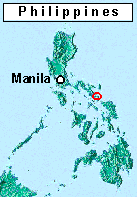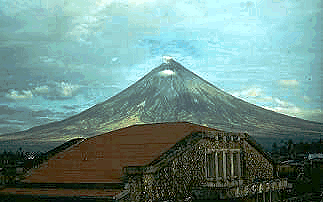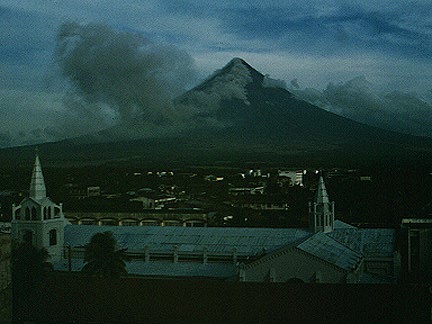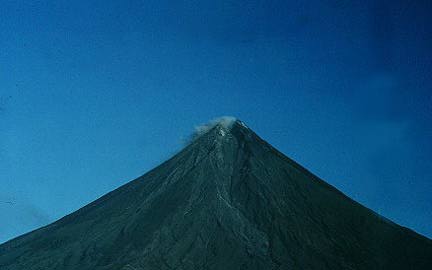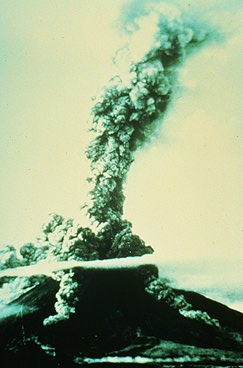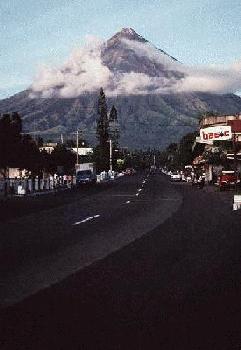|
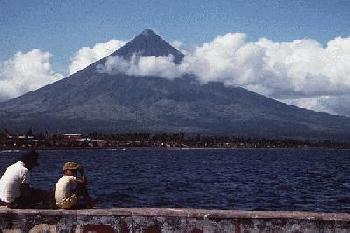
Sources of Information: Global Volcanism Network, 1993, Summary of recent volcanic activity: Bulletin of Volcanology, v. 55, no. 4, p. 301. McClelland, L., Simkin, T., Summers, M., Nielsen, E., and Stein, T.C., 1989, Global Volcanism 1975-1985, Prentice Hall, Englewood Cliffs, New Jersey, 655 p. Moore, J.G., and Melson, W.G., 1969, Nuee ardentes of the 1968 eruption of Mayon volcano, Philippines: Bulletin of Volcanology, v. 33, p. 600-620. Newhall, C.G., 1979, Temporal variations in the lavas of Mayon volcano, Philippines: Journal of Volcanology and Geothermal Research, v. 5, p. 61-84. Simkin, T., and Siebert, L., 1994, Volcanoes of the World: Geoscience Press, Tucson, AZ, 349 p. Links: no links |
Malapascua Island

Visayan Sea, Cebu, Philippines,
